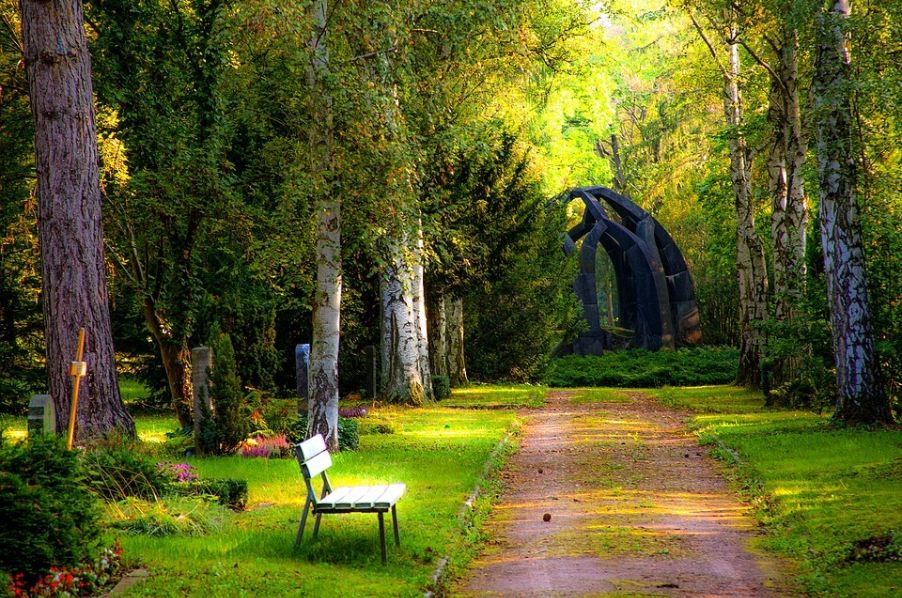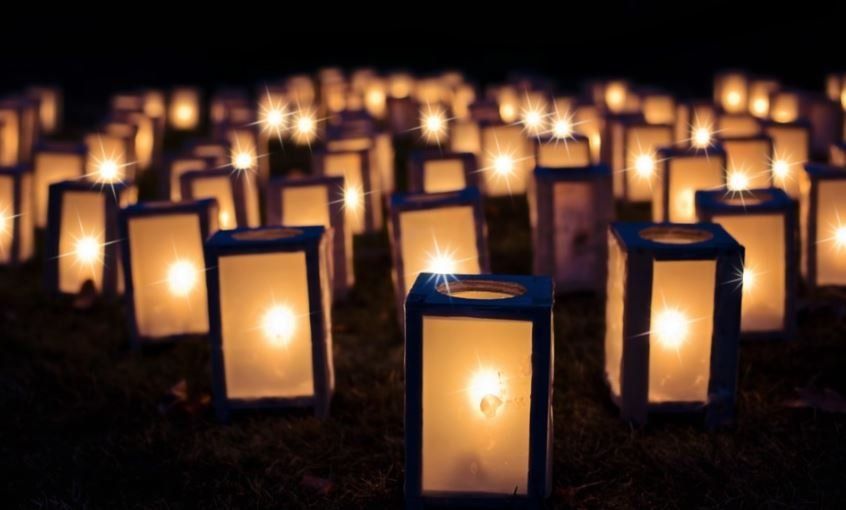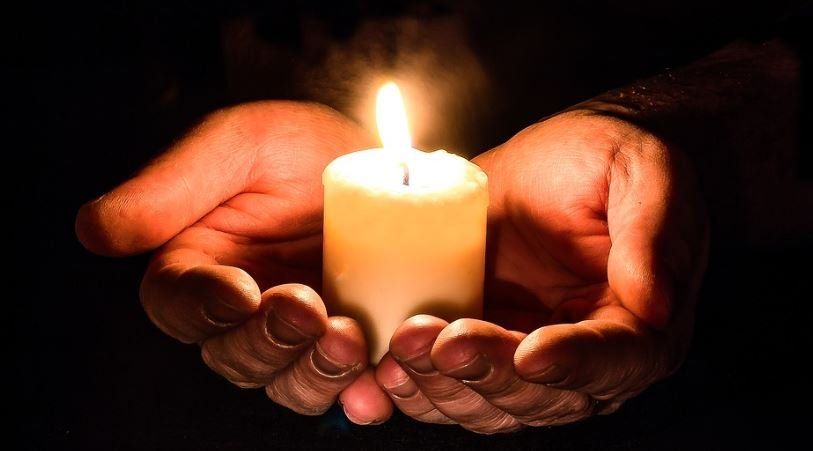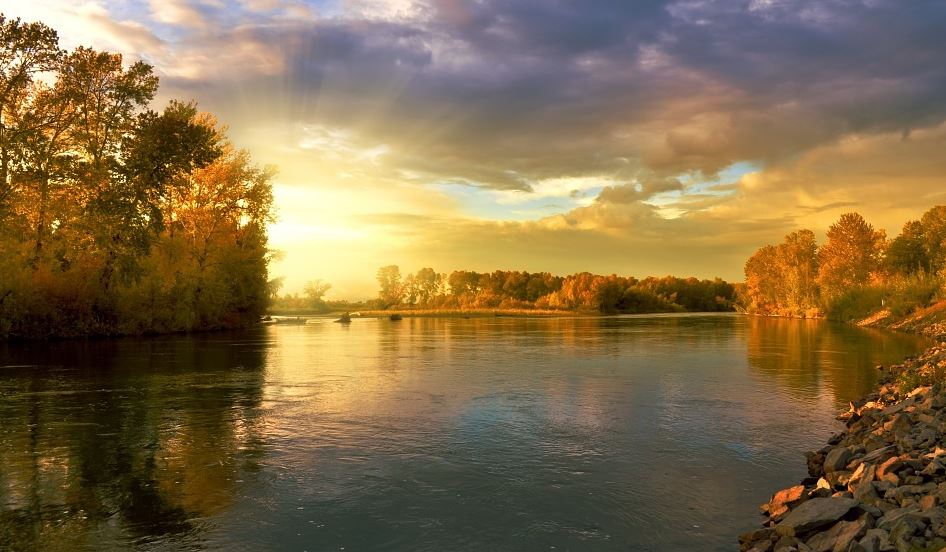Burial Containers for Funerals
- By jgreen
- •
- 26 Dec, 2018
- •

Most underground burials at funeral homes in Norway, MI require burial containers, which are also called funeral faults. Most people are not aware of the history of or why they need to funeral vaults for burials in cemeteries, so we'll give you a quick overview of what funeral vaults are, why they even exist, and why they are used now.
Funeral vaults are lined and sealed containers that store and surround caskets or urns on all sides. They are similar to grave lines, except that grave lines cover just the top and sides of caskets. Funeral vaults are usually manufactured out of reinforced concrete and are typically combined with lining materials like high-impact plastics, copper, stainless steel, or bronze.
The history of funeral vaults is interesting. The original purpose for them is not the purpose they are used for now. The concept of funeral vaults began in the early 1800's to prevent grave robbery. At that time, when loved ones died, they were buried in their finest clothes and with the most valuable pieces of jewelry they owned. Grave robbers who were roaming the countryside would dig up coffins, desecrating the graves, and would steal anything valuable.
As this practice spread, protective containers built out of brick began to be used in cemeteries to bury coffins. Three sides would be built in the grave, the coffin put in, and then the top side was added and sealed, and dirt was put on top.
Cemetery caretakers noticed that graves that had these early funeral vaults didn't sink like other graves where just coffins were buried, and the use of burial vaults became more widespread to protect the cemeteries as grave robbing became less common in the late 1800's.
In the 20th century, burial vaults became a standard requirement in many cemeteries, especially in long-established cemeteries where a lot of older graves were sinking and monuments were cracking, breaking, or toppling because of the uneven ground. Even now, there are many old cemeteries in the country where you can easily see which graves have funeral vaults and which ones do not.
While funeral vaults do not protect the inevitable decomposition of human remains, they are still a necessary part of underground burials in cemeteries. While most states don't legally require the use of funeral vaults, most cemeteries now do. Why?
Fully-sealed burial containers protect caskets and urns from damage that might occur underground, such as spreading tree roots or moles and other burrowing animals. However, the primary reason that the majority of cemeteries now require funeral vaults is for protection to keep the top of the grave from sinking.
Over time, as soil settles and heavy machinery is brought into the cemetery to dig new graves and maintain the cemeteries, caskets buried without a funeral vault will collapse under the weight. When caskets collapse, they sink several inches lower into the ground, posing a threat to equipment used in the cemeteries, presenting walking hazards to cemetery visitors because of the uneven ground, and marring the beauty of cemeteries. These same conditions apply to urns buried without a funeral vault, but on a much smaller scale.
To further discuss burial containers at funeral homes in Norway, MI, contact our compassionate and experienced staff at Jacobs Funeral Homes & Crematory. You can see us personally at our funeral home at 1244 River St., Niagara, WI 54151, or you can call us today at (715) 251-4100.












